GT Racing in the late 90s
The return of sportscars

The BPR and FIA series arose from a desire for people to race sportscars.
The daft idea of equiping sportscars with Formula 1 engines had pushed Group C costs beyond even that which factory teams were prepared to pay, and the FIA's unwillingness to promote the series properly (and Bernie Ecclestone's desire to keep F1 as the only game in town as far as TV coverage was concerned), led to its demise.
For a couple of years Le Mans struggled on, with ever decreasing fields. However, in 1993, they ran a class for GT cars. This class was supposed to attract the supercars, like the XJ220, the Bugatti EB110, Lamborghinis and Ferraris. It succeeded.
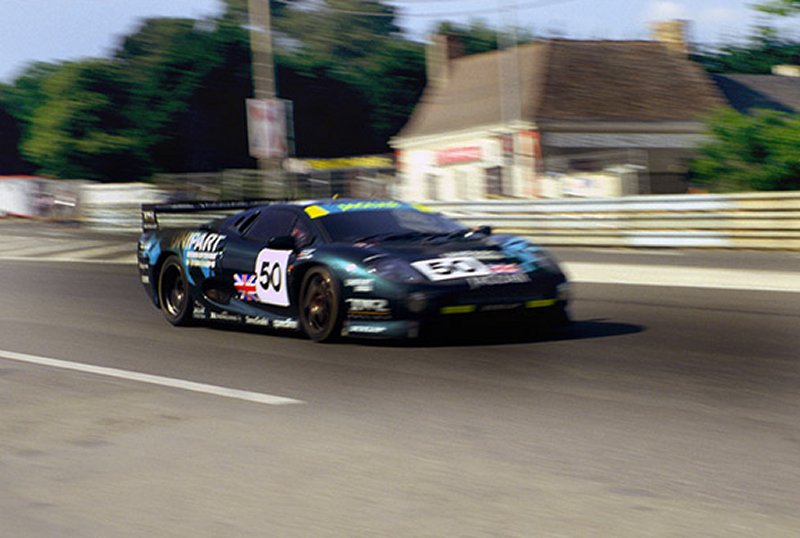
TWR Jaguar sent a pair of XJ220s and the GT field was filled out with, mainly, Porsche 911s and Venturis (the small French manufacturer being the early front runner in BPR races).
GT cars were nothing new, however, to Le Mans, or sportscar racing. Group 5 had been a GT class, albeit with much freer regulations and cars like the GT40 and Porsche 917 had, notionally, been road cars. The 935 was, probably, the ultimate racing version of the Porsche 911.
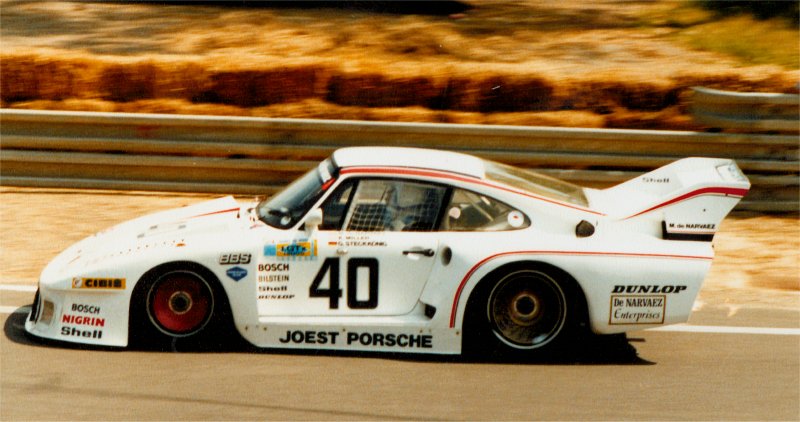
Porsche 935J (For Joest - thanks Peter Vanginderhuysen) at Le Mans
Whilst other manufacturers, such as BMW and Ferrari had run factory blessed entries at Le Mans and in the US.
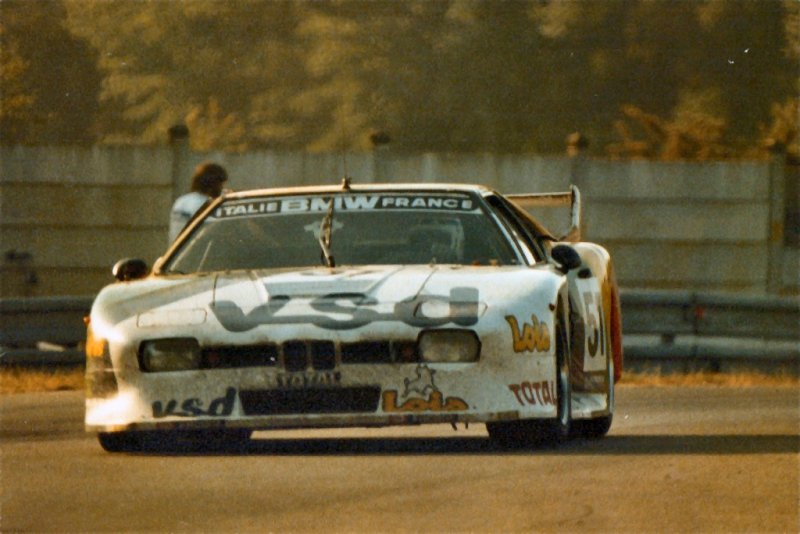
Group 5 BMW M1, Le Mans 1981
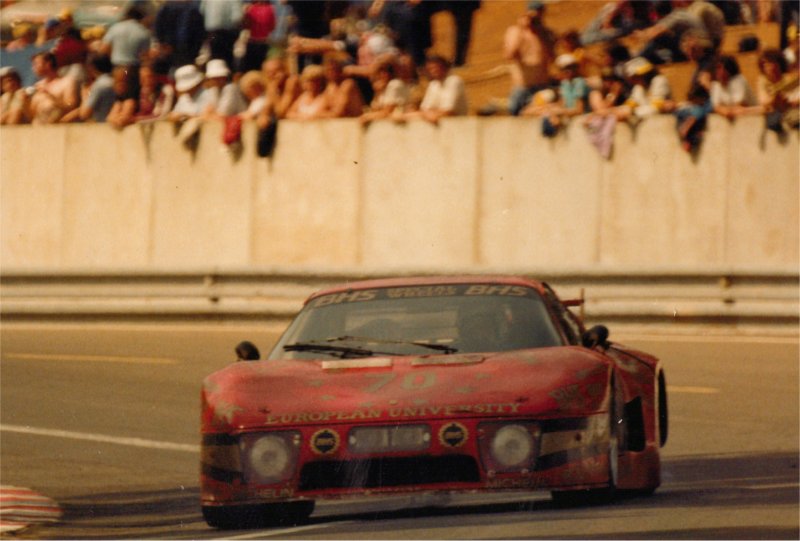
IMSA Spec Ferrari 512BB, Le Mans 1983
Meanwhile, Stefan Ratel, Jurgen Barth and M.Peter had got together to form the BPR. This was, essentially, an organisation run by, and for, privateers keen to race their sportscars. Even at this early stage costs were beyond the clubbie racer, but an impressive number of wealthy privateers were keen to run their cars on circuits, including Montlhery, the banked circuit near Paris. Races were 4 hours long with, typically, two drivers.
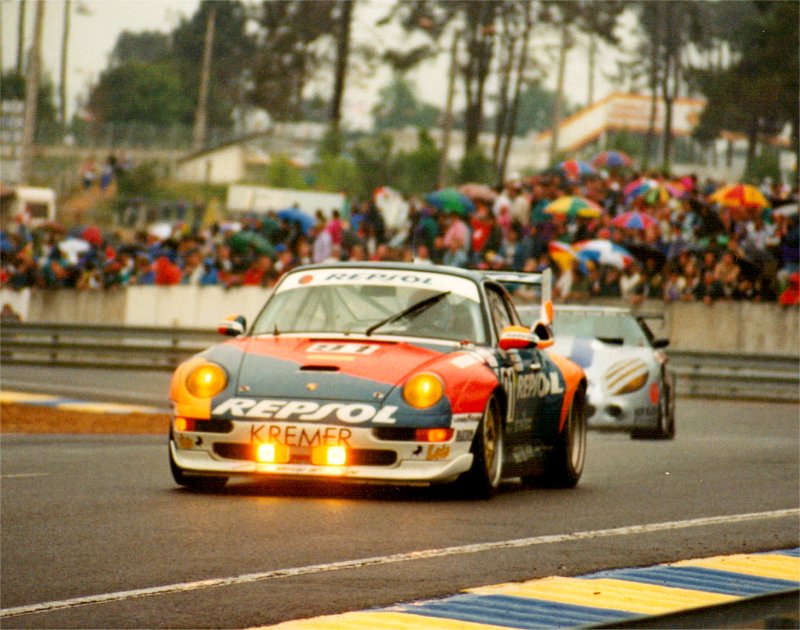
The burgeoning fields and growing interest in the BPR series saw the level of professionalism rise rapidly. From a group of well off privateers trailering their 911s in, the series rapidly grew into a series with supercars like the Ferrari F40 and, most notably, the amazing McLaren F1 being run by professional teams.
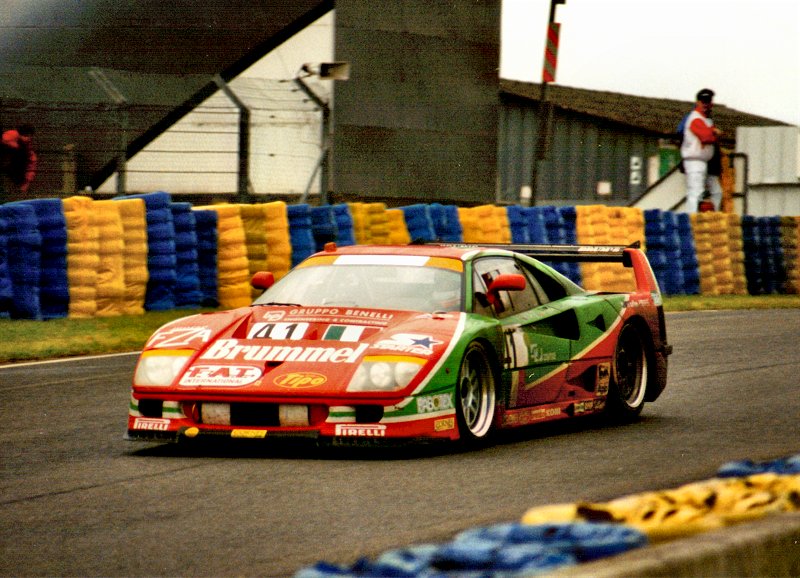
Ferrari F40, Le Mans 1995
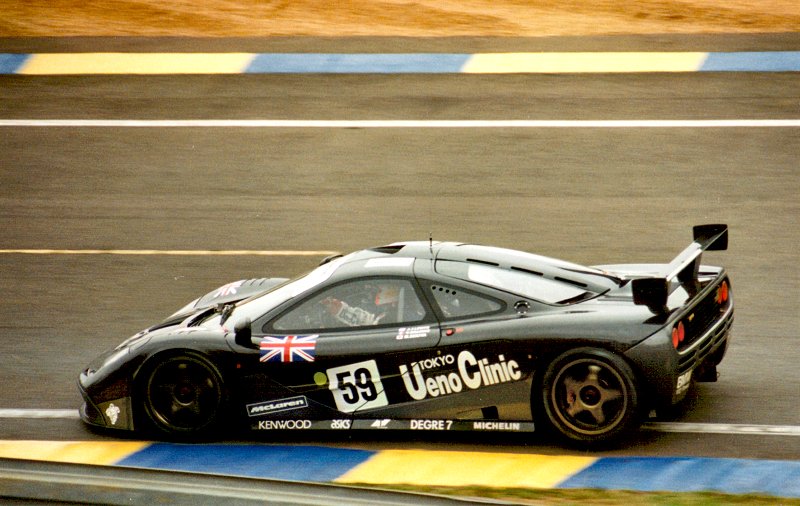
The Le Mans winning McLaren F1, 1995
Fortunately, this increase in professionalism (and, therefore, cost) was identified and GT2 was created (much as C2 had existed) to allow the lower powered, less expensive cars a chance to compete, if not for outright victory, at least for a realistic class win.
This allowed teams to run Porsche 911s, Chevrolet Corvettes and Marcii on relatively low budgets. In time, though, Dodge moved their fearsome V10 Vipers into GT2 (not wanting to build a semi-prototype) and moved the goalposts for that class too.
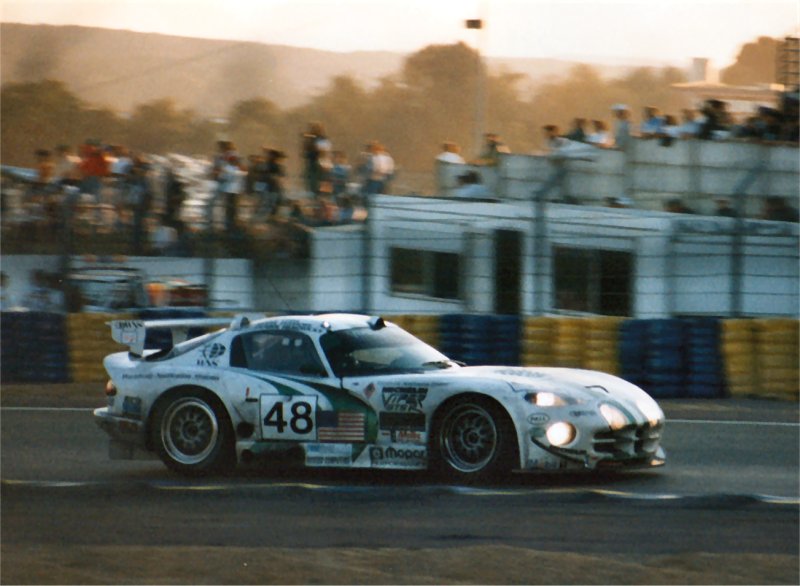
Dodge Viper, Le Mans 1996
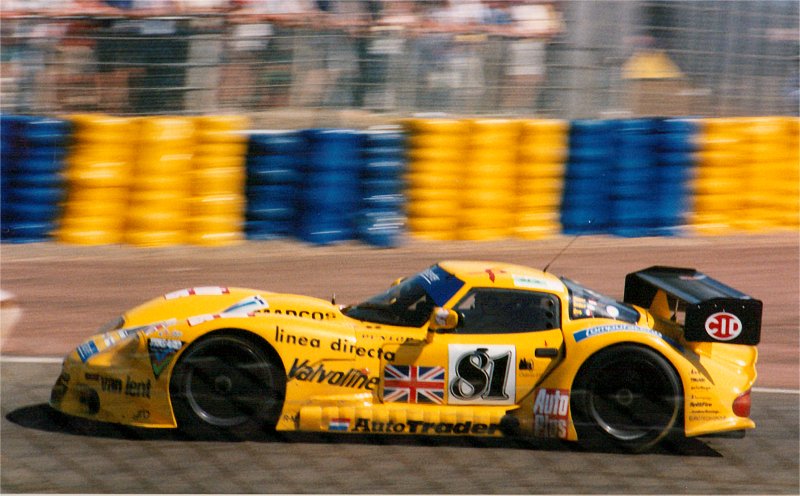
Marcos LM600, Le Mans 1996
By 1997, however GT1 was in danger of turning into a prototype class. At Le Mans in 1996, Porsche had stunned the sportscar world by introducing the new 911 GT1 (The first GT1 911 was nothing more than overboosted GT2 and proved highly unreliable). This car, dubbed 'The Van' because it had no rear windows, was wider and lower than any 911 built as a road car and ran a Group C 962 engine. It narrowly missed winning Le Mans, but mopped up in all the BPR races it ran in.
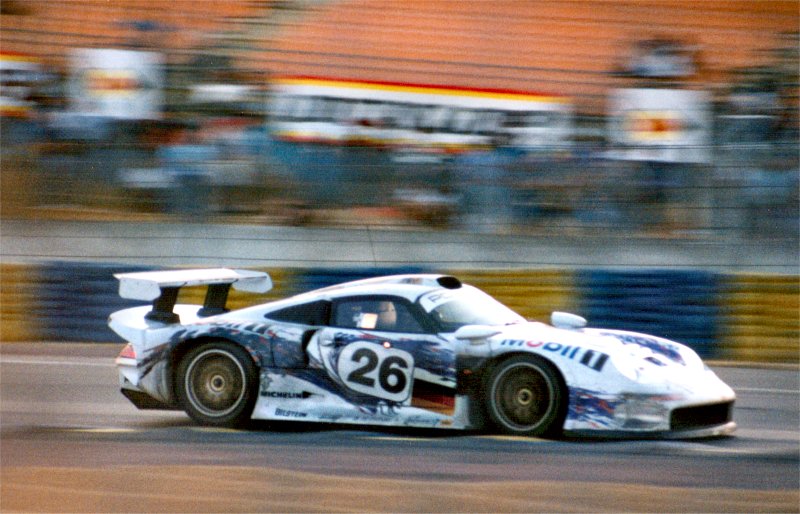
Porsche 911 GT1, Le Mans 1996
In 1997, Mercedes arrived in the newly FIA approved GT series with a travesty of a GT car. With no road going versions of the mid-engined CLK, it's hard to see why the FIA agreed to let Mercedes race and, although technically, having a road legal ride height, the aerodynamics of the car ensure it rides as low as 10mm from the ground at speed, producing almost Group C like downforce.
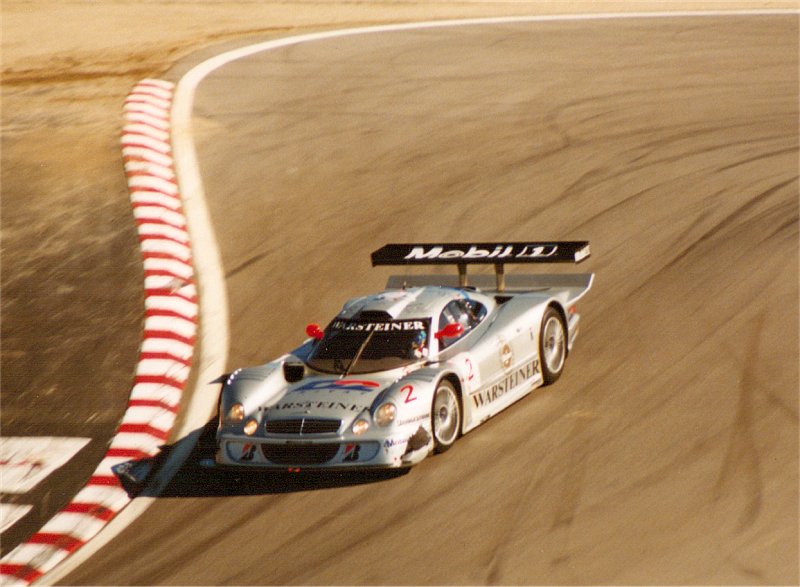
The CLK GT at Laguna Seca, 1997
Porsche's all-conquering 911 GT1 was rendered obsolete at a stroke, by the Mercedes and an FIA restriction on turbo engines airflow. McLaren, however, with their normally aspirated BMW V12s, made a valiant attempt to keep pace with Porsches and Mercedes and were the only manufacturer able to challenge Mercedes.

McLaren F1, 1997
Regulations under discussion for 1998, suggest the use of a 30mm 'plank' to ensure a sensible ride height, but with the Mercedes and the Nissans (seen at Le Mans only) and, possibly, the new Toyotas, GT1, at least, is teetering on the brink of expensive self destruction.

Nissan GT1, Le Mans 1997
It can only be hoped that sensible self-regulation will see a series in which manufacturers compete as no series has ever flourished when one manufactuer dominates.
To keep up to date on GT racing, check Total MotorSport.
Back To The Sportscar Racing Page
